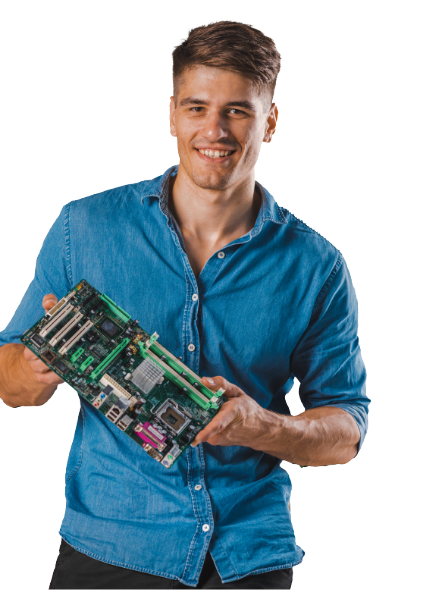Glowing OLED tattoos multi-purpose functionality
These OLED smart tattoos are not, as in the standard version, applied into the dermis layer of the skin using a needle. Instead, they are applied in the same way as temporary tattoos—by tapping them with water until they are extracted using soap. The team at the University College London (UCL) and the Italian Institute […]
Google is boosting AR performance on Android phones with their dual cameras
Google is upgrading its augmented reality SDK so that dual-camera phones can capture more in-depth details. As reported by Android Police, the most recent Google Play Services update for the AR app, which is how Google distributes ARCore features, now states “Dual camera stereo depth on compatible devices” in its changelog. For now, it appears […]
It is reported that Apple might not be ditching the Touch Bar after all
Renowned Apple analyst Ming-Chi Kuo predicted last month that starting with 2021 models, MacBook Pros would lose the widely criticized Touch Bar functionality. Apple is said to be using extra internal real estate to add more ports. But it seems that Cupertino might not be absolutely loving the Touch Bar. Patently, Apple has discovered more […]
A BUILT-IN SCREEN RECORDER IS NOW ADDED TO CHROME OS
Google has announced that a built-in screen recorder is coming to Chrome OS in March. Google hopes the tool will make it easier for students and teachers to record virtual lessons. “Teachers have long recorded lessons to help students do homework and study for tests, but in the past year it’s become downright critical for […]
Nvidia RTX 3060 Prices are Rocketting Upwards – and the GPU is yet to be Launched
This is happening in Europe, according to a study by VideoCardz, despite Nvidia’s insistence to retailers that the new graphics card should be sold at the suggested price of $329 in the US (€329 in Europe) when it comes out on February 25 (in the form of third-party cards – there will be no Founders […]
Chrome is going to lose support for some ancient CPUs
The Chromium Development Team has announced that CPUs older than the Intel Core 2 Duo and AMD Athlon 64 will not operate with Chrome 89 and future versions as they do not meet the current minimum instruction set specifications of SSE3 (Supplemental Streaming SIMD Extensions 3) support. So, if you’re still using the Intel Atom […]
A Multitasker’s Dream Device: Aurora 7
A company called Expanscape has created the most Inspector Gadget-like device I’ve ever seen. It’s a laptop prototype called the Aurora 7 (a working title) and attached to its humongous black chassis box are six additional displays that extend in every direction away from the main screen, each showing its own windows and applications. Many […]
The Police, and Fire Departments has partnered up with Amazon’s Ring
The Financial Times estimates that more than double the 703 new additions from a year earlier was added to the Ring’s Neighbors Portal service in 2020 by the number of local police and fire departments. A mere 40 signed up in 2018. There are currently only two states where there are no agencies involved: Wyoming […]
Apple’s App Tracking Transparency feature to be enabled by default and will arrive in ‘early spring’ on ios
In iOS 14, Apple shared a few more details about its much-discussed improvements to privacy. At WWDC in June, the company first revealed that software developers would have to ask users for permission for cross-property ad targeting purposes to track and share their IDFA identifier. Apple postponed the monitoring restrictions until 2021, saying it wanted […]
Apple and Samsung smartwatches could feature non-invasive blood glucose monitoring
Conditions that affect this writer, such as type 1 diabetes, require blood glucose levels to be checked many times every day. Usually, it involves pricking a finger with a lancet and putting a drop of blood in a glucose meter, a process that causes marks, hardens the skin and can be awkward. Alternatively, glucose monitors […]


